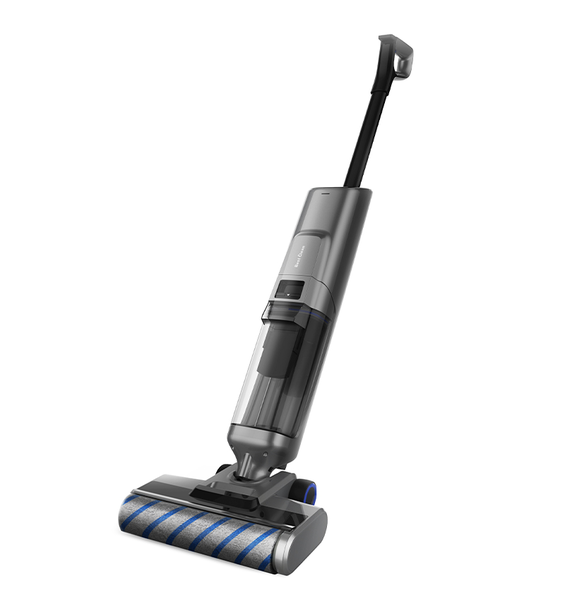As sustainability and cost-effectiveness become increasingly important considerations in modern cleaning practices, the adoption of wet and dry cordless vacuum cleaners has garnered significant attention. These devices offer a range of benefits, from enhanced cleaning efficiency to reduced environmental impact. But what are the specific environmental and economic implications of adopting wet and dry cordless vacuum cleaners, and how do they contribute to more sustainable and cost-effective cleaning practices? To explore these questions, we must examine the ecological and financial aspects of these innovative cleaning devices.
From an environmental perspective, wet and dry cordless vacuum cleaners offer several advantages over traditional cleaning methods. One of the most significant benefits is the reduction in the use of disposable cleaning products. Traditional cleaning often relies on single-use items such as paper towels, mop heads, and disposable wipes, which contribute to landfill waste. Wet and dry cordless vacuum cleaners, on the other hand, are designed for repeated use, with washable filters and reusable dustbins that minimize waste. This shift towards reusable cleaning tools aligns with broader sustainability goals, reducing the environmental footprint of cleaning practices.
The energy efficiency of wet and dry cordless vacuum cleaners is another important environmental consideration. These devices are powered by advanced lithium-ion batteries, which are more energy-efficient than traditional corded models that rely on continuous electrical power. The ability to recharge batteries using renewable energy sources, such as solar power, further enhances their eco-friendliness. Additionally, the cordless design reduces the need for energy-intensive manufacturing processes associated with producing long power cords and multiple cleaning devices.

The economic implications of adopting wet and dry cordless vacuum cleaners are equally noteworthy. While the initial investment in these devices may be higher than that of traditional cleaning tools, the long-term cost savings are substantial. The dual functionality of wet and dry cordless vacuum cleaners eliminates the need for separate devices for liquid spills and dry debris, reducing the overall cost of cleaning equipment. Furthermore, the durability and longevity of these devices mean that they require less frequent replacement, resulting in additional cost savings over time.
The efficiency and productivity gains associated with wet and dry cordless vacuum cleaners also contribute to economic benefits. In commercial settings, where time is money, the ability to quickly and effectively clean large areas can lead to significant labor cost savings. The cordless design allows for faster and more flexible cleaning, reducing the time required to complete tasks and enabling staff to focus on other important activities. In residential settings, the convenience and ease of use of these devices can lead to more consistent and thorough cleaning, potentially reducing the need for professional cleaning services.
Another economic advantage of wet and dry cordless vacuum cleaners is their low maintenance requirements. Many models feature easy-to-clean components, such as washable filters and detachable dustbins, which reduce the need for costly replacements and repairs. The use of durable materials and advanced engineering ensures that these devices remain in optimal working condition for longer, further enhancing their cost-effectiveness.


 中文简体
中文简体

















